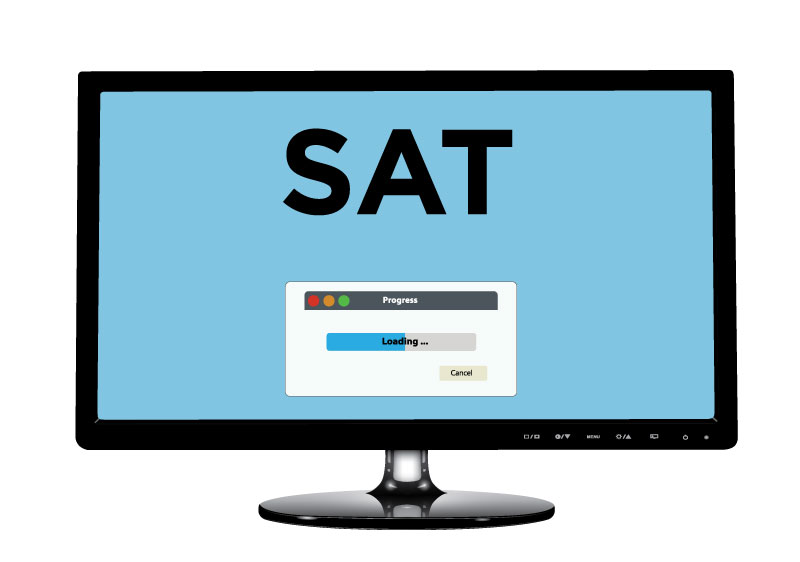The Digital SAT: Yay or Nay?
https://www.princetonreview.com/college-advice/sat-digital-exam
The Digital SAT: Yay or Nay?
For many high school students, college preparation is considered both a stressful and integral part of their high school career. During the application process, CollegeBoard plays a pivotal role by administering standardized tests such as the SAT, ACT, and AP Exams. Students devote hours to maintaining their grades, actively participating in extracurricular activities, and preparing for the SAT or ACT– three factors that have long been deemed crucial aspects of a student’s application. But in the wake of the COVID-19 pandemic, college applications have gone through an array of changes, including a test-optional policy that has many students questioning the relevance of standardized testing in college admissions.
On January 25, 2022, CollegeBoard announced yet another drastic change to testing: the launch of the new “student-friendly” digital SAT. The structure is as follows: the exam will be shortened to two hours, a calculator will be permitted in all math sections, and the reading passages will be shorter, reflecting a broader range of topics. CollegeBoard contends that the shift aims to make the SAT more accessible to and better aligned with today’s student population. Moreover, the waiting period for score release – a process that lasts between two weeks and a full month due to the degree of manual grading involved, has been reduced to a few days. Previously, the long wait period left students uncertain whether they should continue spending hours studying in the event they did not achieve their target score and needed to take the test again. However, with the online format, students can receive their scores in a matter of days, having more time to plan for retakes and/or alternative test options.
With these changes, the SAT is now notably easier to navigate. The shortened length from three hours to two eliminates substantial test fatigue – a common problem that affects many students’ performances. The feature responsible for this brevity is an adaptive testing algorithm that determines a student’s next question based on the time spent and the accuracy of their previous answer. The goal is for each student to have a uniquely tailored test that more accurately reflects their abilities.
Following these changes, colleges are likely to see an increase in the average SAT score. But this raises the question of whether or not standardized testing is relevant in today’s day and age. Several admissions officers deny its significance: “Standardized tests provide very little — if any — incremental value beyond the high school record and grade point average,” says Scott Steinberg, who leads the University of New England’s admissions office (University of New England Magazine).
At the same time, it is not a “given” that this new digitized format will be beneficial to the current sophomores and juniors planning on taking it. As of right now, sample questions are not available, meaning that it will be more difficult for students to prepare themselves.
Standardized testing has long been criticized as a poor measurement of a student’s intelligence and academic performance. By lowering the stakes, students will hopefully have a less “standardized” and a more “personalized” high school experience, where they can pursue passions that genuinely inspire them. After all, college application-building doesn’t only have to be about tests, ranking, and scores – it can also be a time to learn more about ourselves and what we love to do. In the meantime, good luck to everyone who is planning to take the SAT, and congratulations to those who have tackled it!




